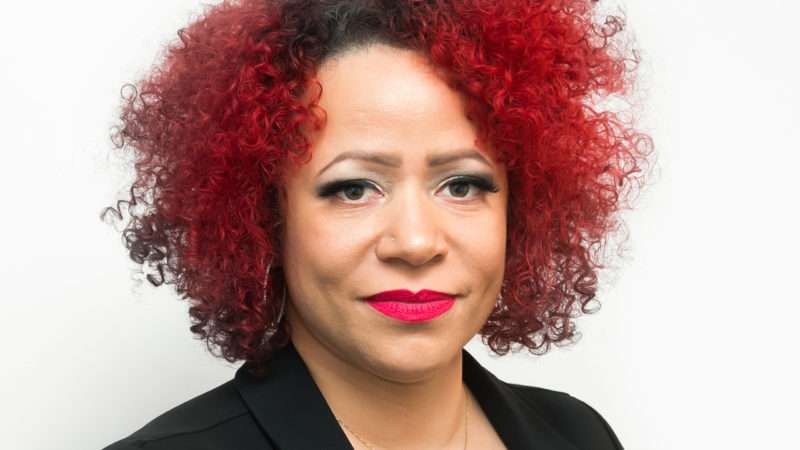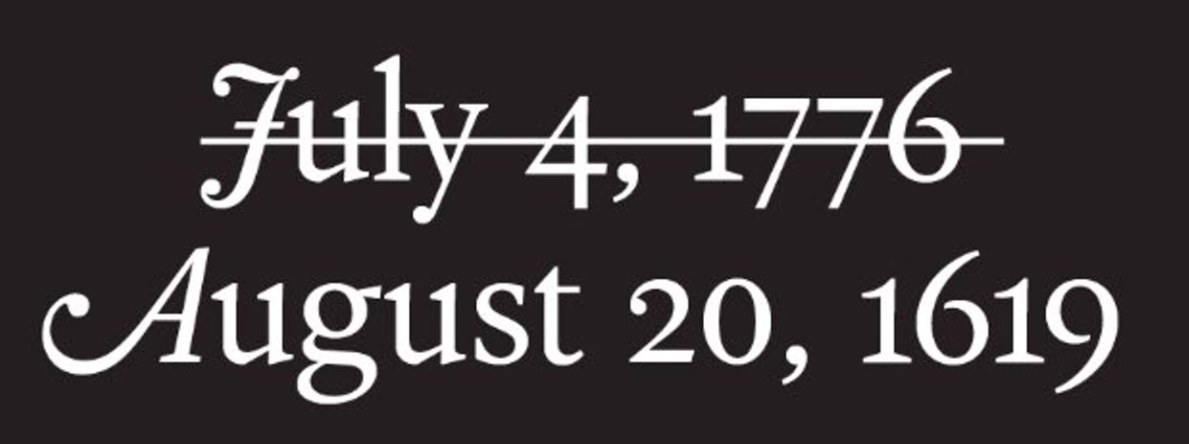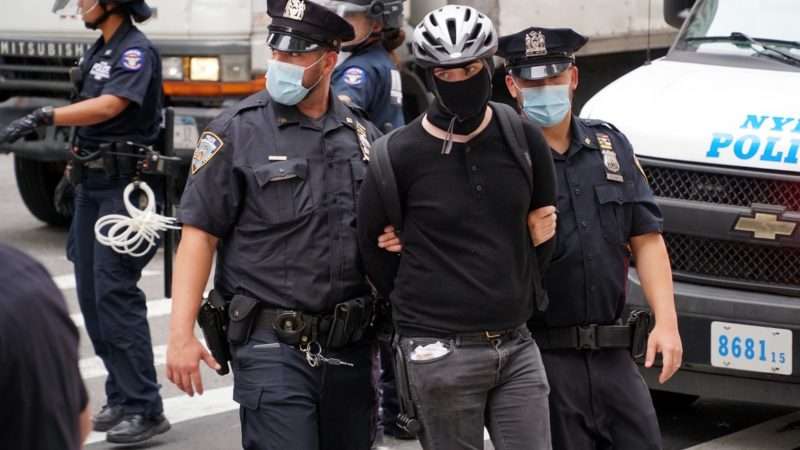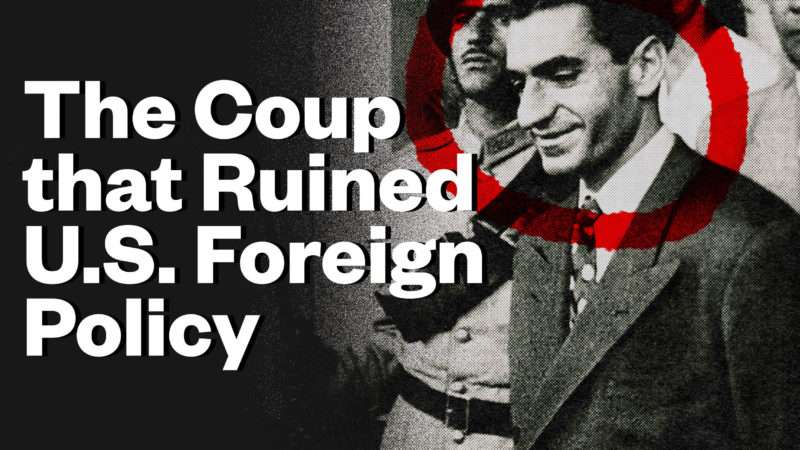Today, the Department of Justice declared that New York City, Seattle, and Portland, Oregon, are “permitting anarchy, violence, and destruction.”
This isn’t just about Attorney General William Barr happily assisting President Donald Trump’s re-election efforts by escalating attacks on urban centers. This is yet another attempt to manipulate federal spending on cities in ways that shift the boundaries between the executive branch and Congress.
The Justice Department has been trying to do something similar with “sanctuary” cities and states, where local law enforcement declines to help the federal government enforce immigration law. Federal courts had been ruling against the administration’s efforts to withhold grants from these jurisdictions, on the grounds that the power to dictate these grants’ terms lies in Congress, not the Department of Justice. But in February the U.S. Court of Appeals for the 2nd Circuit found in favor of the administration, and that may lead to a possible Supreme Court showdown.
Trump released a memo September 2 ordering Barr to identify “anarchist jurisdictions,” defined as places whose leaders have reduced funding to police departments or forbidden police from “intervening to restore order amid widespread or sustained violence or destruction.” The memo gives Barr the power to declare a jurisdiction to be in anarchy based on whatever guidelines he “deems appropriate.”
Now that Barr has named these three cities, the Office of Management and Budget is supposed to examine all the federal grants these cities receive, to see if the feds can punish the towns by pulling funds.
The idea that New York City resembles an “anarchy”—or that any city has become an anarchy due to this summer’s spike in crimes and riots—is fundamentally absurd. It is true that New York City, like many major American cities, has seen a spike this summer in gun violence and homicide. But by historical standards, the overall violent crime rate remains fairly low. We aren’t exactly in The Purge yet.
Nor is New York anarchist in the ideological sense of the word. The place still has plenty of oppressive policing and regulation. New York state recently banned flavored e-cigarettes, and it still has not managed to hammer out a plan for marijuana legalization. City health officials even banned the use of cannabidiol (CBD) in food and drinks, even though CBD itself is legal to sell and consume in the Big Apple.
Is it anarchy when state liquor inspectors raid a Staten Island pub right after it files suit against the city and state over oppressive lockdown regulations? Is it anarchy when New York City cops beat up a homeless man on a train for taking up more than one seat on a mostly empty subway train? (One positive result of this summer’s angry police protests: They finally pushed New York state to change the laws that concealed records of police misconduct from the public.)
New York City’s school system actually does appear to be in anarchy, if only because its administration, apparently beholden to the teachers unions, abruptly canceled plans to reopen schools this week. The problem here is not, as Barr claims in his release today, that the schools have booted the police out.
New York City’s leadership regularly treats its citizens like subjects. The point of the protests was, in part, to highlight the oppressive impact of overpolicing on New York’s poorest. At times New York Police responded by aggressively assaulting and arresting the peaceful protesters while others rioted unabated.
But the Justice Department thinks New York didn’t bust enough heads, and it doesn’t like that the city said no when the federal government offered to come in and bust even more heads. Barr’s summary today complains that “the Manhattan and Brooklyn District Attorneys have declined to prosecute charges of disorderly conduct and unlawful assembly arising from the protests, and the District Attorneys in Queens and the Bronx have declined to prosecute other protest-related charges.” Note that the complaint doesn’t say prosecutors have refused to charge people who engaged in actual violent or destructive rioting (which is a separate law in New York from disorderly conduct).
The New York Post makes it clear this is all about appeasing the president. Washington, D.C.—where the feds pepper-sprayed protesters so that Trump could get a photo opp. in front of a church—was also reportedly going to be on the list but was removed because Mayor Muriel Bowser “made peace with Trump” in a recent phone call.
If only New York City were an anarchy. The citizens there could use a little less government looming over everything they do.

from Latest – Reason.com https://ift.tt/3cka5CT
via IFTTT



